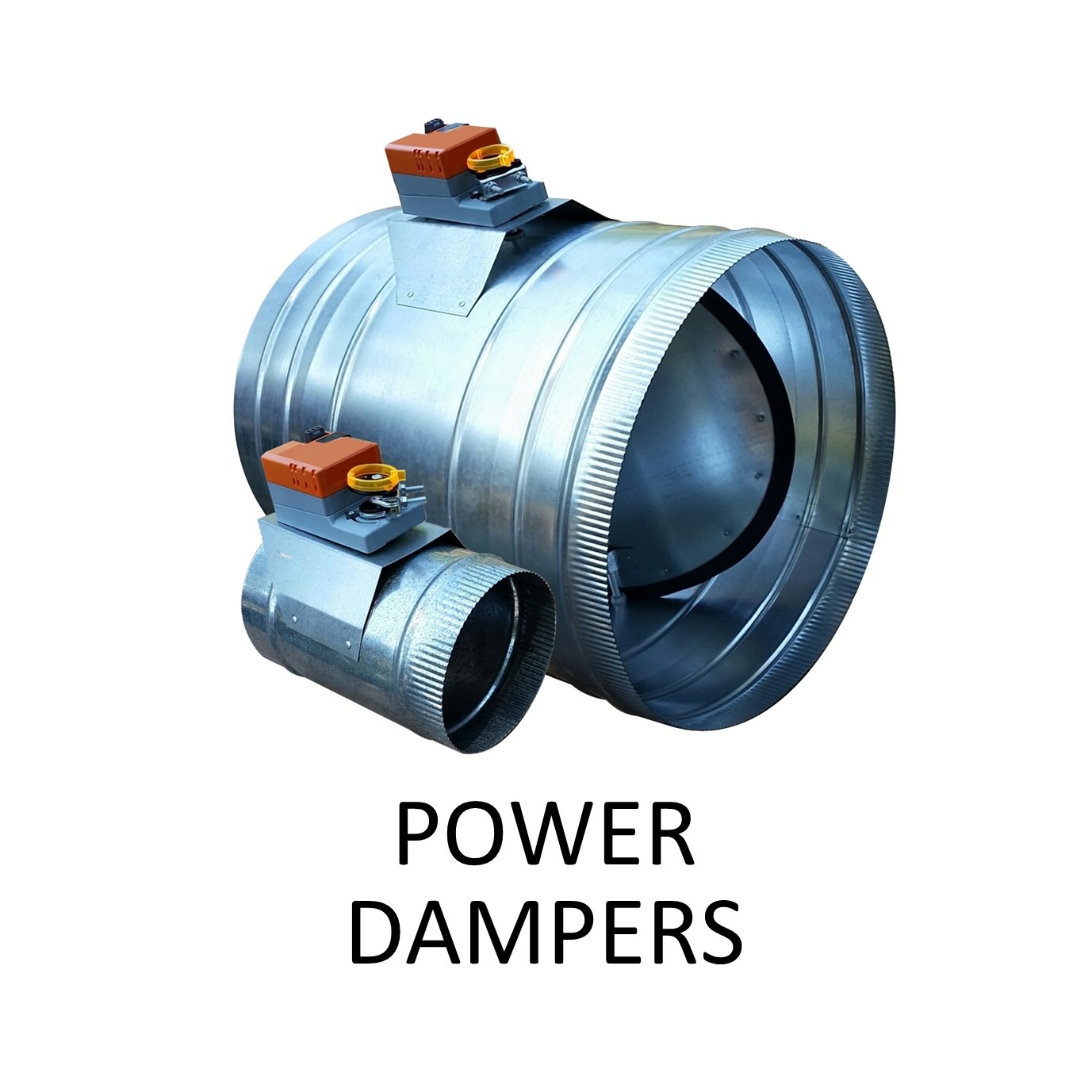Zoning Return on Investment – Payback?
There is no short answer to this question with Zone Control. Energy CAN be saved with zoning but it is also capable of increasing the comfort of a home. Because of this, a zoning system can both save and cost energy depending on how the homeowner uses it. User habits of operating the system primarily determine how much energy will be used or saved.




